Written by Jon on January 21, 2015 |
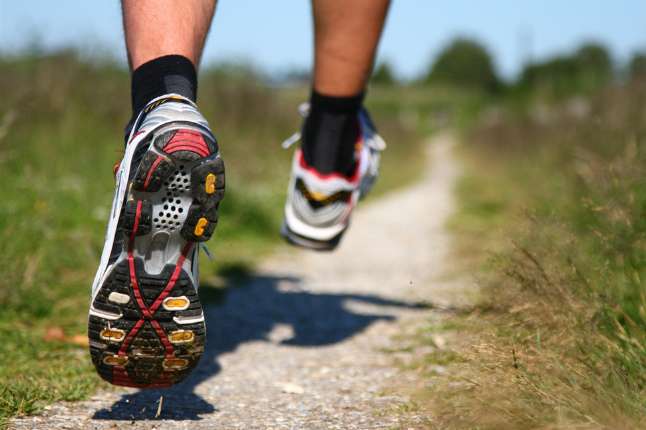
It’s the start of a new year and many people have made a resolution to get into better shape. Often times, this means making an effort to exercise more including jogging or running. Some people may even have plans to run in a half or full marathon this year. But, before you hit the road and start training, be sure to get the right footwear. Otherwise, you may find your training cut short by painful symptoms or injury.
There are many factors to consider when looking for the best running shoes that will fit your needs. First, where do you intend to run? Will it be on a more consistent type of surface like a treadmill, on pavement, or on a track? Or, will it be on dirt trails with sand, gravel, etc.? Get the shoes which are better suited for the places you plan to run. Another very important aspect to understand is the arch of your foot. The shape of your arch will determine the type of running shoe that will give you the most appropriate support. If you have a flat foot and tend to “over pronate” (i.e.- roll to the inside), then a “stability shoe” may be recommended. Conversely, if you have a higher than normal arch and your foot is “supinated”, then a shoe with more cushioning may be required.
When you’re ready to go into a store to buy your shoes, keep a few other things in mind. To ensure a proper fit, shop for shoes at the end of the day. Your feet swell during the day (and while running), therefore, trying on shoes later in the day will give you the best fit. Also, have your foot measured since your shoe size can change as you age. It is typically recommended to get running shoes a half-size or even a full size larger to allow proper room for the foot. Bring the socks you wear for running and any insoles or orthotics you use when trying on shoes. Try on several pairs of shoes to really get a sense of what feels good to you. Finally, take your shoes for a test drive by actually running in the store or outside.
Now that you have the right shoes, plan on replacing them about every 400 miles. If you run almost everyday, consider getting two pairs. Running shoes may need a day to decompress and dry out after a longer run, so you can alternate on a day to day basis. By getting the proper footwear, you can help avoid injuries and keep your training on track!
Written by Jon on January 14, 2015 |
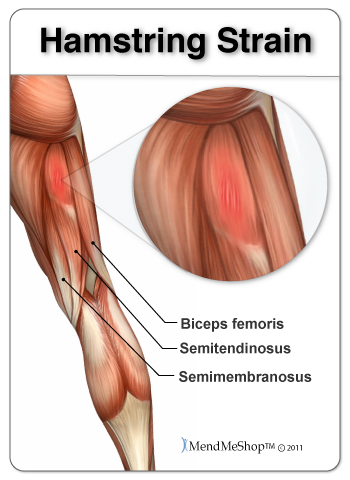
Hamstring injuries are one of the most common injuries in sports, exercise, and recreational activities. There are many reasons that these injuries occur, including: muscle weakness, muscle tightness, pelvic rotation, etc.) As a result, hamstring injuries can also be very difficult to treat and recover from because they can often get re-aggravated. How can you reduce your risk?
Continue Reading »
Written by Bill on November 14, 2014 |
Physical Therapy Intervention to Provide For Safe Return To Activity
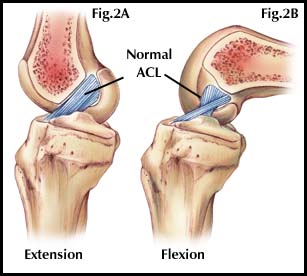 As discussed in the previous article on this topic, ACL injury is a very common and debilitating condition. ACL injuries are four to six times more common in female athletes competing in the same sports activities as males. Treatment of ACL injuries can be costly from an economic standpoint – conservative estimates for a single episode of surgery and post-operative treatment range between $17,000-25,000 – as well as have other significant detrimental long-term effects, including decreased academic performance and a 105 times greater risk for radiographically diagnosed osteoarthritis.
As discussed in the previous article on this topic, ACL injury is a very common and debilitating condition. ACL injuries are four to six times more common in female athletes competing in the same sports activities as males. Treatment of ACL injuries can be costly from an economic standpoint – conservative estimates for a single episode of surgery and post-operative treatment range between $17,000-25,000 – as well as have other significant detrimental long-term effects, including decreased academic performance and a 105 times greater risk for radiographically diagnosed osteoarthritis.
Continue Reading »
Written by Bill on November 5, 2014 |
This is part 1 of a 2 part series.
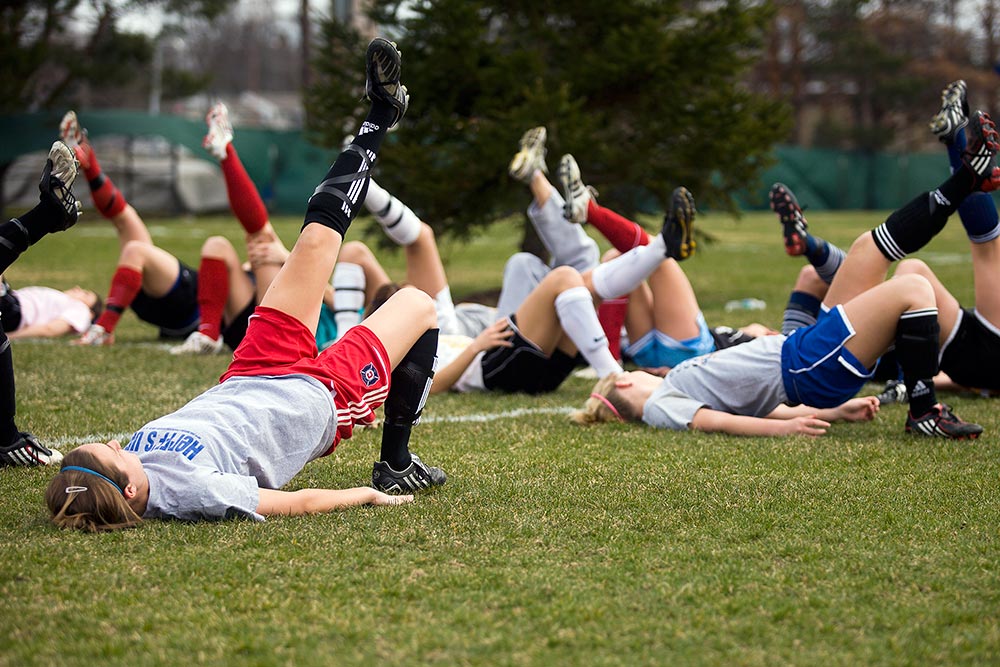
Anterior Cruciate Ligament (ACL) injury is a very common and extremely debilitating injury occurring in both male and female athletes. Unfortunately, due to various factors, female athletes are much more likely to suffer injury to the ACL. Studies suggest that female athletes are four to six times more likely to injure their ACL than male counterparts taking part in similar activities. Various theories exist as to why females are at greater risk, including non-modifiable (e.g., wider bony pelvic anatomy, hormonal factors) and modifiable risk factors.
Continue Reading »
Written by Michael on October 16, 2014 |
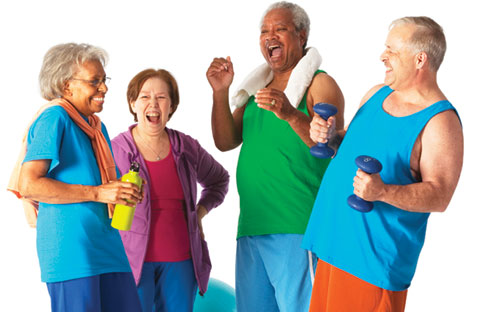
At ProActive Physical Therapy and Sports, we see a good amount of athletes. But we also see a large number of older adults, too. The population of the older generation is growing and the importance for them to stay healthy is vital. The problem is that this population is not one that grew up in an era where exercise was as mainstream as it is today.
Continue Reading »
Written by Michael on October 8, 2014 |
This is part 2 of a 2 part series. Catch up on part 1.

A good dynamic warm up will get you ready for whatever sporting event you are going to do that day by targeting the tissues involved in that event. For example, if you are to go for a run, you would want to primarily warm up the calves, quads, glutes, and hamstrings. A dynamic warm up will not be the same for golf as it will be to go out for a run but they may contain some of the same components. The broad routine for a dynamic warm up should include soft tissue preparation, a general warm up and a specific warm up.
Continue Reading »
Written by Michael on October 1, 2014 |
This is part 1 of a 2 part series.

Do professional athletes warm up prior to their games and events? Absolutely, and you should too. Warming up prior to any workout or athletic event is essential for many reasons. A good warm up will increase blood flow to active muscles, improve muscle function by increasing strength and power as well as improving reaction time. Continue Reading »
Written by Nate on April 23, 2014 |
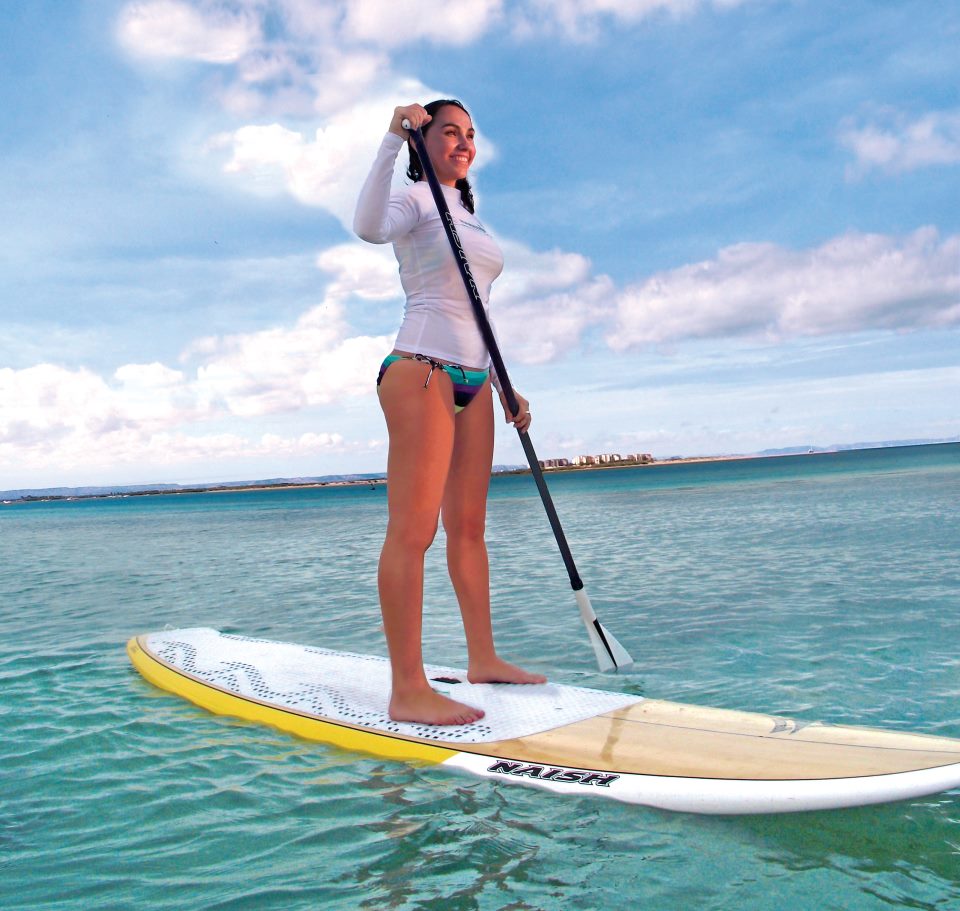
Whether riding waves or paddling around the harbor, SUP boarding can be a fun and rewarding past time. If you have ever used a SUP board, then you know that it can be a good workout as well. Using a SUP board primarily challenges your cardiovascular, musculoskeletal, and neuromuscular systems. When these systems are challenged, the body responds by adapting to become stronger, faster, more efficient, and more coordinated.
Continue Reading »
Written by Nate on April 10, 2014 |
Spring is upon us. With the increase in sunshine, many runners are dusting off their running shoes and hitting the road. Running is a great way to exercise and can be a fun and rewarding sport. Running can also be the cause of many injuries.

Some common injuries that can occur with running are:
- Stress Fracture
- Achilles Tendonitis
- Ankle Sprain
- Patellofemoral Pain Syndrome
- Medial Tibial Stress Syndrome
- Tibialis Posterior Tendonitis
- Pes Anserine Bursitis
- Osteoarthritis of the hip, knee, and ankle
- Muscle Strains
- Low Back Pain
- Neck Pain
Many of the above listed injuries can be avoided. In order to decrease the likelihood of suffering an injury, be sure that you wear proper running shoes and that you choose good running routes.
One of the functions of running shoes is to decrease the compressive load placed on your body by absorbing some of the impact force that occurs when your foot hits the ground. This is important because these impact forces can be detrimental to our bodies if they are not used to them. Shoes that have polymeric foam in the sole are very good at absorbing impact forces and can significantly decrease the likelihood of sustaining an injury.
Running surfaces can vary greatly. There is concrete, asphalt, grass, turf, rubber track, wood chips, sand, dirt, etc… In order to choose good running routes, it is important to know a little bit about what you are running on. When possible, try to run on the better impact absorbing surfaces that are listed above such as grass, dirt, sand, rubber track, and turf. If you are limited to running on either asphalt or concrete then asphalt is the better choice because it absorbs 11% more of the impact force than concrete.
In addition to the impact forces it is also important to take a look at running on a pitch (un-level ground). When you run on a pitch it places one foot slightly higher than the other on every step. This can lead to injuries, altered posture, and muscle imbalances. Therefore, when running on a pitch it is important to run equal distances with the pitch in each direction to even out the forces on your body. Some examples of routes with a pitch are the beach, sidewalks, and roads (for rain runoff). An example of running equal distances with the pitch in each direction would be running on the beach from north to south, and then from south to north.
Written by Carol on October 23, 2013 |
Have you made your ski lodge reservations yet?…..Well now it is time to prepare your heart and body for a full day of skiing with decreased risk of pain and injury. We can increase our safety and performance this winter by starting now with a pre-conditioning program that includes four components: endurance, strength, flexibility, and balance.
Continue Reading »




 As discussed in the
As discussed in the 




